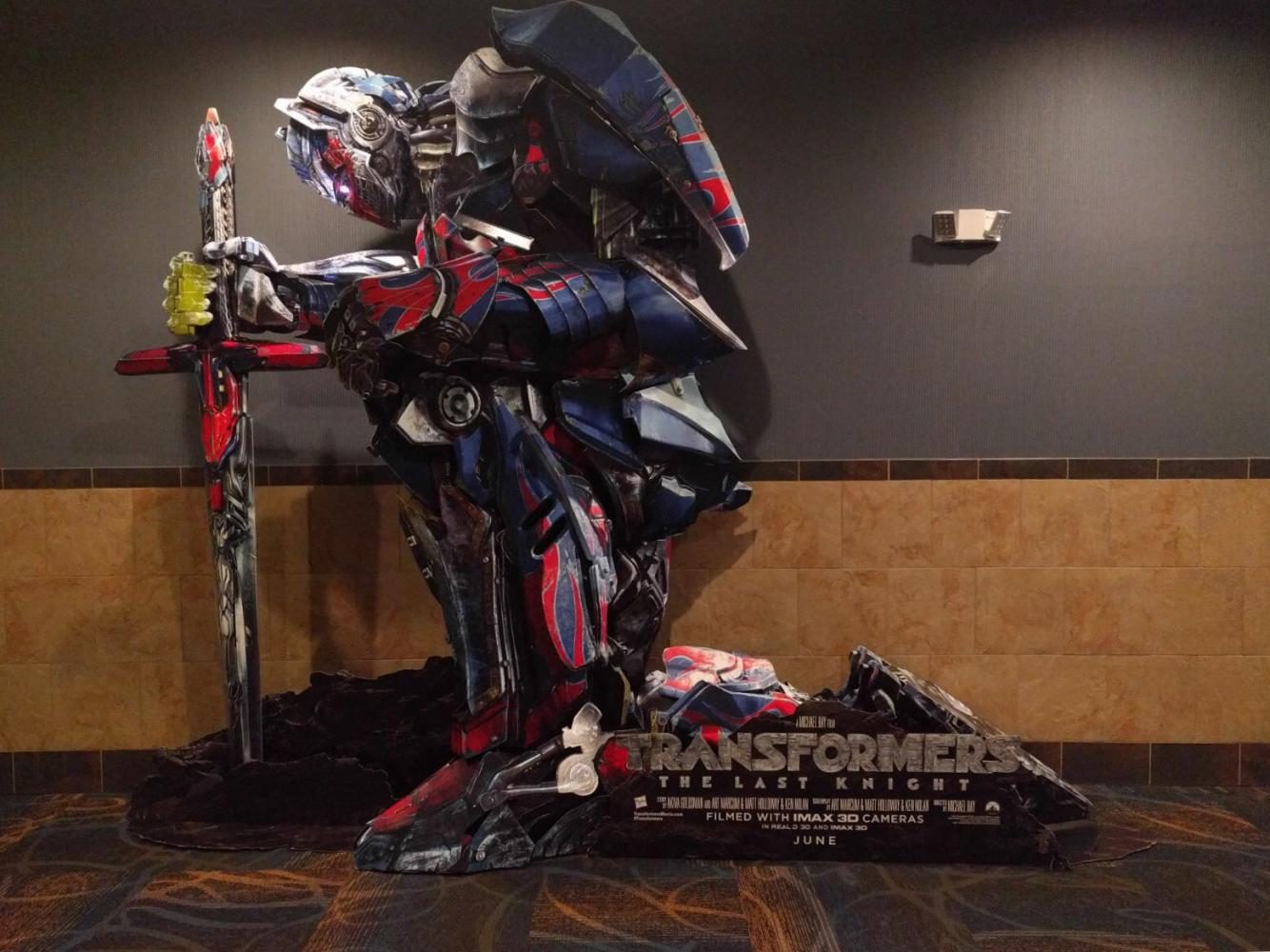Transformers: The Last Knight – A Spellbinding Experience
Apocalyptic. Shattering. Thrilling.
Michael Bay’s Transformers: The Last Knight, the fifth installment in the Transformers franchise, was released on June 20, 2017. The film features booming, explosive displays and stars recurring actors Mark Wahlberg, Josh Duhamel and John Turturro, along with Anthony Hopkins, Laura Haddock and Isabela Moner in leading roles.
While it gained a plethora of negative reviews for a cluttered, absurd plot and the various racial and sexist stereotypes that were woven through it for attempted comedic relief, the film as a whole was definitely larger than life, with its fast-paced action living up to expectations. The enchantment with Transformers films lies in the shape-shifting, entertaining and awing alien robots, and while this movie may have lacked some of our all-time favorite characters for the majority of it (like Optimus Prime), there was still screen-time for some fiery, devastating battle sequences and a wave of mind-blowing CGI effects. Even while being the fifth movie in a series of impressive movies about world-saving robots, it still had some elements of a unique plot to offer.
The basic plot follows the inventor Cade Yeager and Viviane Wembly, a Professor of English Literature at the University of Oxford, whose lives collide when they are called to work together with Sir Edmund Burton to save Earth’s future by rediscovering the secrets of the past. The history of Transformers on Earth is much deeper than it seems, and could contain information that could put an end to an entire planet. But without the help of the Autobots’ beloved leader Optimus Prime, who has been turned to the dark side, the planet that might meet its end is still uncertain. To make matters worse, after the events of past movies, Transformers have been declared illegal on Earth, causing all of the Autobots, along with Cade Yeager and a few other Transformers-supporters, to either go into hiding or be killed relentlessly, and making the Autobots’ battle against the Decepticons a more difficult struggle. Adding to a possible apocalypse, there are other layers to the story too ‒ a father’s connection with his daughter, the meaning of family, and the definition of a hero.
The only problem with the plot wasn’t that it was too unbelievable – after all, nobody expects any film that focuses on alien robots’ historical presence on Earth to be the slightest bit realistic – but it was a whirlwind of history and fighting and familial connections and somewhat clichéd plotlines that the audience had already seen millions of times. It somehow followed a progression that was both logical and illogical at the same time. Some aspects of the Transformers’ history were clearly created for this movie alone, trying to be pushed in with the rest of the information already established from the timeline of previous movies. This might have been the cause for dissatisfaction among audiences, especially with the Transformers’ supposed connections to famous personalities, the Nazis, King Arthur and his knights of Camelot, magic, Merlin, and other defining events throughout history. The arc of the plot was also a little predictable after four other Transformers films, but there’s nothing wrong with that. Some of the most successful movies have stories that we’ve all seen before, and that’s one of the reasons why this film still works. It’s certainly spellbinding, especially if you see it in IMAX 3D, with the theater rumbling and the gigantic figures looming in every corner of your field of vision.
More Transformers films appear to be on the horizon, which is a blessing for unshakeable fans of the franchise and perhaps a reason to grumble for critics who are tired of the same plots and predictable endings. Hopefully, the next one will float at the box office with a more original, convincing story, but until then, it cannot be argued that Transformers movies are an unforgettable experience beyond words, no matter whether the reviews are positive or negative.
Your donation will support the student journalists of Dublin High School. Your contribution will allow us to purchase equipment and cover our annual website hosting costs.



































